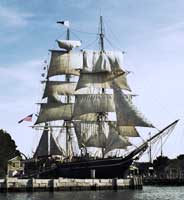 Sail the Morgan 2014 is hosting a week-long celebration of the arrival of the last American wooden whaleship, the Charles W. Morgan, in Mystic, Connecticut. The celebration running from “October 28 to November 5 will feature a restaurant week, shopping events, evening concerts, and art and photography exhibits focusing on 1941, the year the Morgan came upriver to the Marine Historical Association, which later became Mystic Seaport. Additionally, the Museum will offer free admission on Saturday, November 5.” A free fireworks display on the evening of October 28th will kick off the event.
Sail the Morgan 2014 is hosting a week-long celebration of the arrival of the last American wooden whaleship, the Charles W. Morgan, in Mystic, Connecticut. The celebration running from “October 28 to November 5 will feature a restaurant week, shopping events, evening concerts, and art and photography exhibits focusing on 1941, the year the Morgan came upriver to the Marine Historical Association, which later became Mystic Seaport. Additionally, the Museum will offer free admission on Saturday, November 5.” A free fireworks display on the evening of October 28th will kick off the event.
Sail the Morgan 2014 is a Mystic community group dedicated to raising $1.5 million to help Mystic Seaport restore and sail the 1841 whaleship.
The Charles W. Morgan 70th Anniversary Celebration
Continue reading

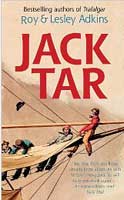
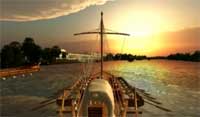 I was surprised to read that archaeologists had recently discovered only the second Roman port in Britain. Prior to the discovery in excavations near the Roman fortress of Caerleon, just north of Newport, south Wales, the only other Roman port known to have existed was outside of London.
I was surprised to read that archaeologists had recently discovered only the second Roman port in Britain. Prior to the discovery in excavations near the Roman fortress of Caerleon, just north of Newport, south Wales, the only other Roman port known to have existed was outside of London. Thanks to
Thanks to 
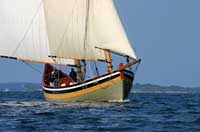
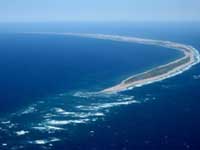 This week Sable Island became the
This week Sable Island became the  Usually downrigging a schooner involves lots of coiling, carrying, hauling, the breaking down of shackles and turnbuckles, and depending on the rig, attempting to free up the top mast so that it can be lowered gently to the deck, rather than dropping it like an unguided missile. The last time I helped downrig a schooner, I spent hours in the cross-trees, helping those who knew far better what they were doing than I, and generally enjoying the view on a brisk Fall day. A rendezvous at the bar that afternoon ended the day most satisfactorily.
Usually downrigging a schooner involves lots of coiling, carrying, hauling, the breaking down of shackles and turnbuckles, and depending on the rig, attempting to free up the top mast so that it can be lowered gently to the deck, rather than dropping it like an unguided missile. The last time I helped downrig a schooner, I spent hours in the cross-trees, helping those who knew far better what they were doing than I, and generally enjoying the view on a brisk Fall day. A rendezvous at the bar that afternoon ended the day most satisfactorily.
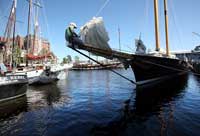

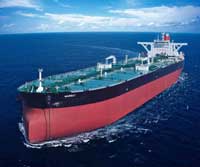 Those of us of a certain age, who were active in merchant shipping, remember the tanker industry in the 1980s. And none too fondly. After a period of rising charter rates and robust new construction, the market effectively collapsed in the 80s, resulting in a large fleet of laid up tankers. Some new ships steamed straight from the shipyard to lay-up. It is too soon to tell if conditions will turn as dark as they were thirty years ago, but the signs are not encouraging.
Those of us of a certain age, who were active in merchant shipping, remember the tanker industry in the 1980s. And none too fondly. After a period of rising charter rates and robust new construction, the market effectively collapsed in the 80s, resulting in a large fleet of laid up tankers. Some new ships steamed straight from the shipyard to lay-up. It is too soon to tell if conditions will turn as dark as they were thirty years ago, but the signs are not encouraging.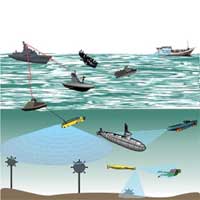 In August, we
In August, we 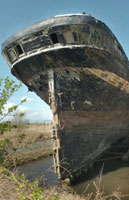 The future of the oldest, just barely surviving, composite clipper ship in the world, the
The future of the oldest, just barely surviving, composite clipper ship in the world, the 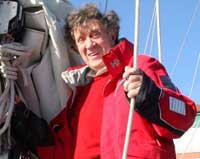 Jeffrey Allison is a fascinating gentlemen. Now 73, from Middleton Tyas in the UK, he only started sailing when he retired from a career in engineering. Since then, he has sailed across the Atlantic six times, as well transiting the Panama Canal, and sailing the Pacific, Indian and Arctic Oceans. He has just returned from a 40 day circumnavigation of the Arctic. Allison and his crew, Australian crewmate Katherine Brownlie, 28, are the first to circumnavigate the Arctic in a clockwise direction. Two yachts previously circumnavigated the Arctic counter-clockwise in 2010.
Jeffrey Allison is a fascinating gentlemen. Now 73, from Middleton Tyas in the UK, he only started sailing when he retired from a career in engineering. Since then, he has sailed across the Atlantic six times, as well transiting the Panama Canal, and sailing the Pacific, Indian and Arctic Oceans. He has just returned from a 40 day circumnavigation of the Arctic. Allison and his crew, Australian crewmate Katherine Brownlie, 28, are the first to circumnavigate the Arctic in a clockwise direction. Two yachts previously circumnavigated the Arctic counter-clockwise in 2010.